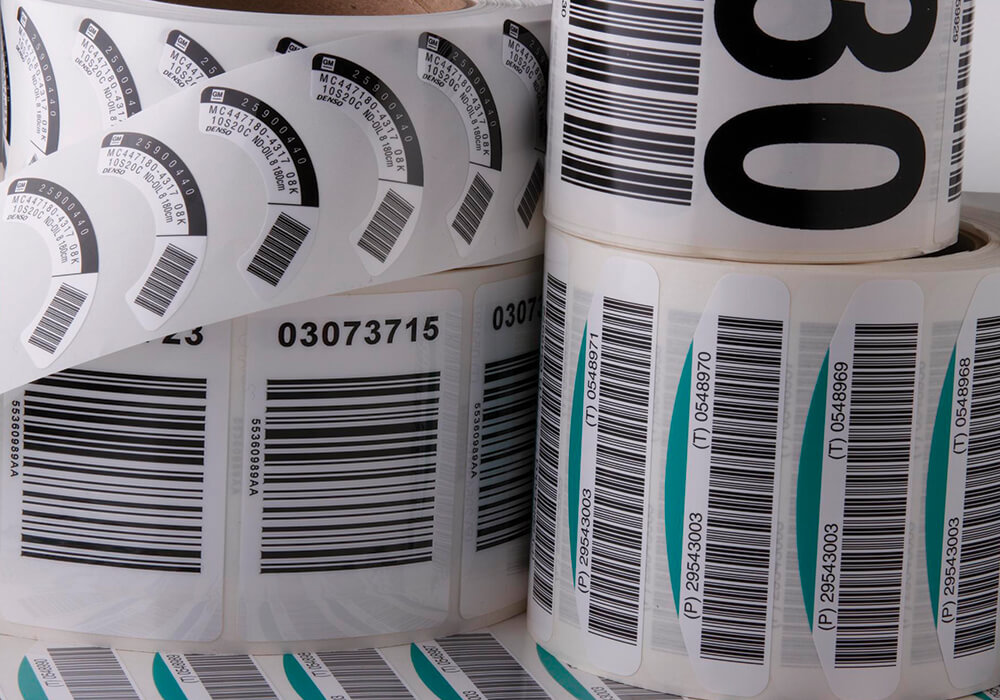
Advanced Label Error-Proofing
Labeling errors can lead to production delays, regulatory compliance issues, and costly recalls. Modern error-proofing strategies using barcodes, variable data printing, and automation help virtually eliminate these mistakes while improving accuracy, traceability, and efficiency.
Evolution of Error-Proofing
Early methods like color coding and operator checks reduced errors but remained vulnerable to human oversight. Modern systems integrate machine verification, database connectivity, and automation, ensuring labeling accuracy throughout production.
Barcode Technology
Barcodes enable rapid, accurate machine verification.
Linear barcodes such as Code 39, Code 128, and UPC or EAN are widely used for product identification. Two-dimensional barcodes such as QR codes and Data Matrix encode larger amounts of data in smaller spaces, making them ideal for batch codes, serial numbers, and expiration dates. Barcode selection should align with industry standards and available scanning infrastructure.
Verification systems measure print quality using ISO or IEC 15416 for 1D barcodes and ISO or IEC 15415 for 2D barcodes. Inline systems check print quality immediately, preventing runs of unscannable labels. Post-printing verification is essential for variable data labels.
Database integration creates the strongest safeguards by confirming that the correct label is applied to the correct product in real time. This prevents mismatches that human operators might overlook.
Variable Data Printing
Variable data printing allows each label to carry unique information such as serial numbers, batch codes, and production dates.
Sequential numbering creates audit trails. Time and date stamping supports compliance and traceability. Customized barcodes link products to detailed records, including materials, operators, and quality results.
Modern digital and thermal transfer printers make variable data printing cost-effective and eliminate the risk of manual entry errors.
Automation Strategies
Automation strategies remove human error from repetitive tasks.
Smart printers connect to databases, verify barcodes, and log activity. Print and apply systems combine label creation with robotic application, ensuring consistent placement and orientation. Sensors and feedback loops detect presence, verify barcode readability, confirm adhesion, and stop production if problems arise.
When considering automation, ensure printers and systems integrate with MES or ERP systems for maximum efficiency.
Process Design
Process design also plays a role in error prevention. Use layered verification that checks labels at multiple points. Standardize label formats to reduce complexity. Pilot test systems before full rollout. Continuously monitor error rates, calibrate equipment, and refine processes for improvement.
Whitlam: Error-Proof Labeling The Right Way
Error-proof labeling requires a combination of barcodes, variable data, and automation to achieve near-perfect accuracy. The payoff is reduced waste, improved quality, and stronger compliance. Contact Whitlam’s automation specialists to learn how error-proofing systems can transform your labeling operations.